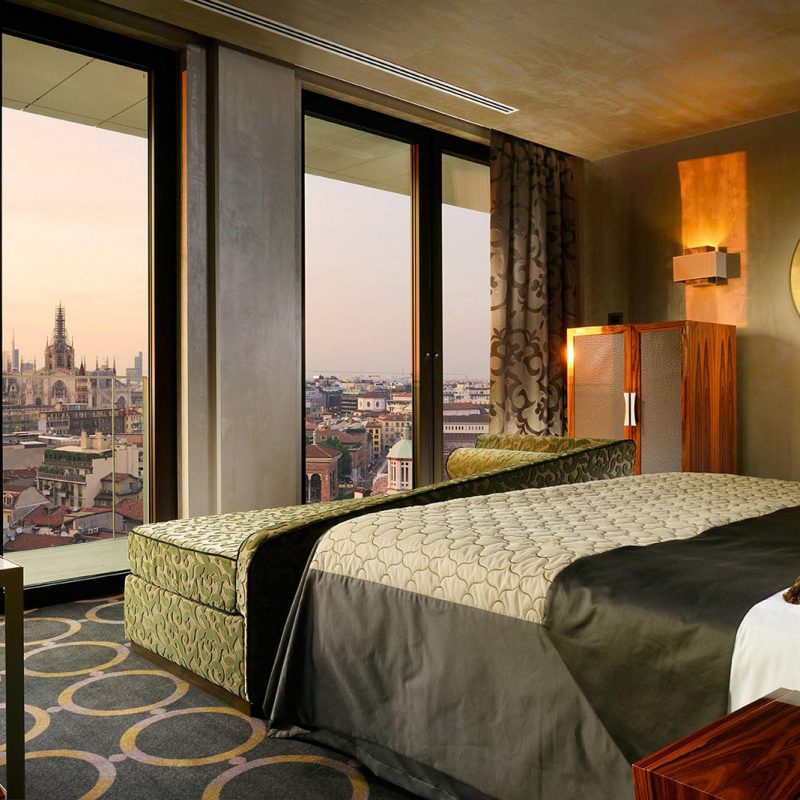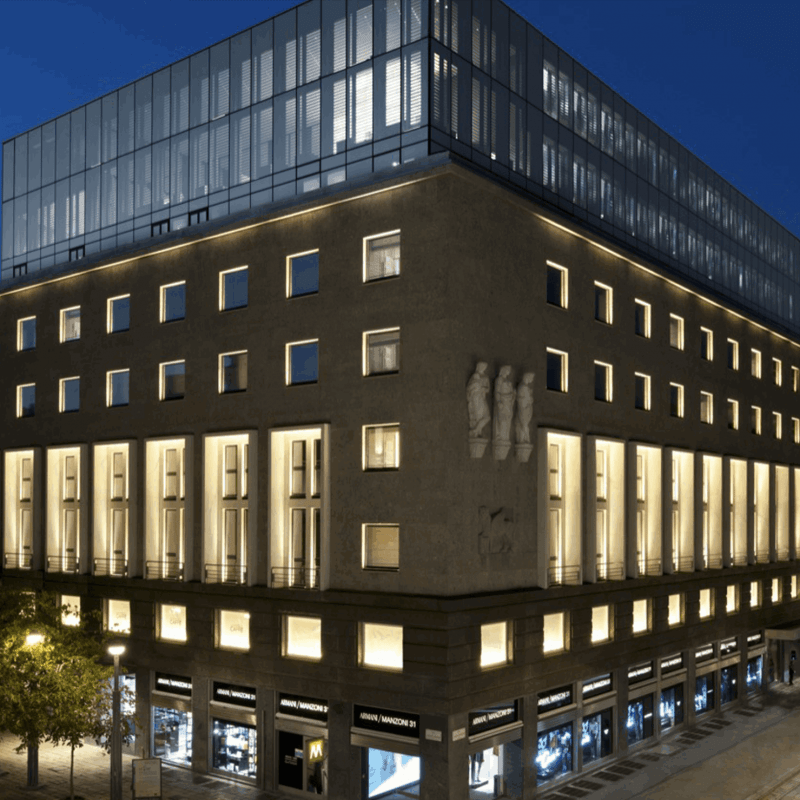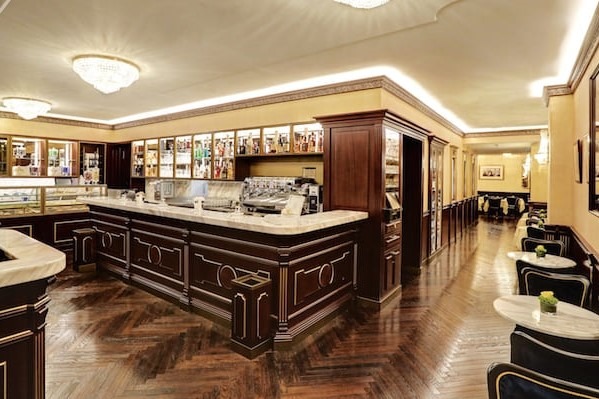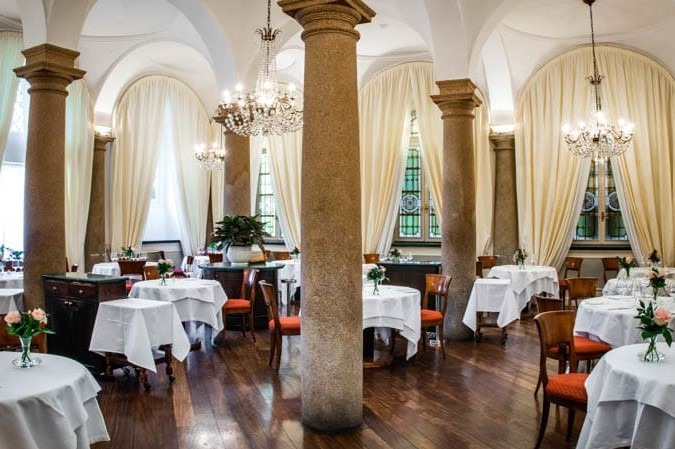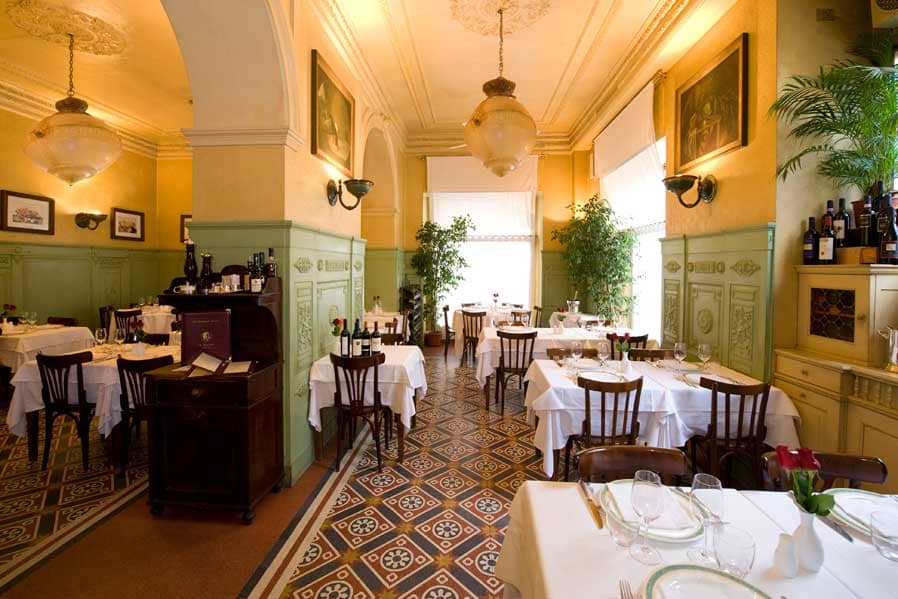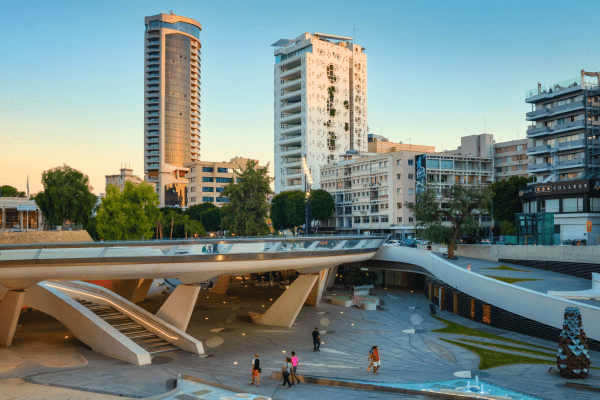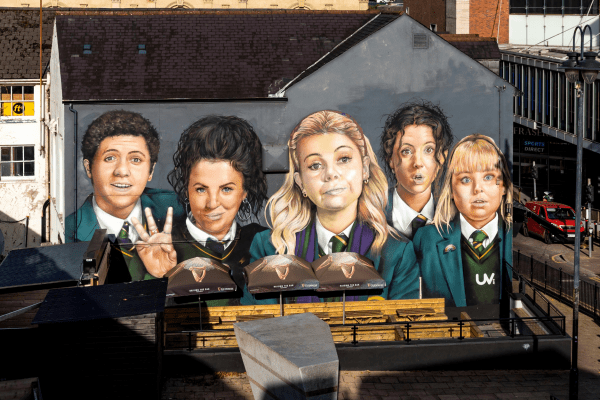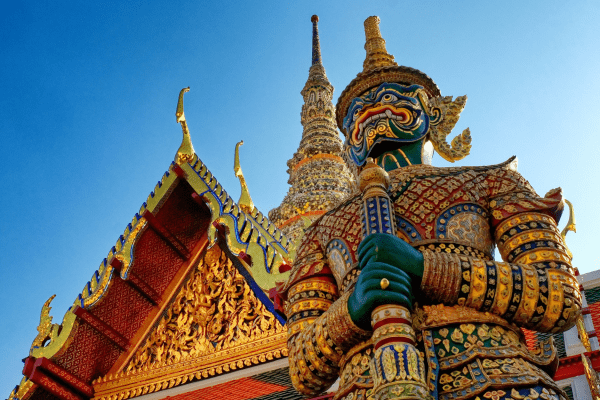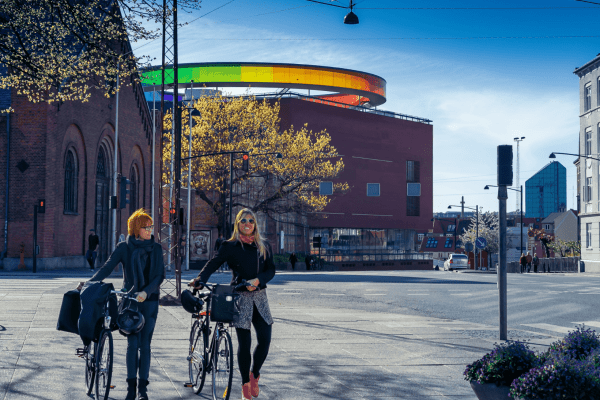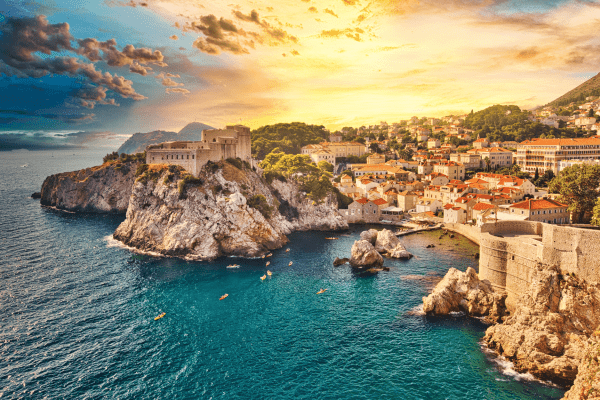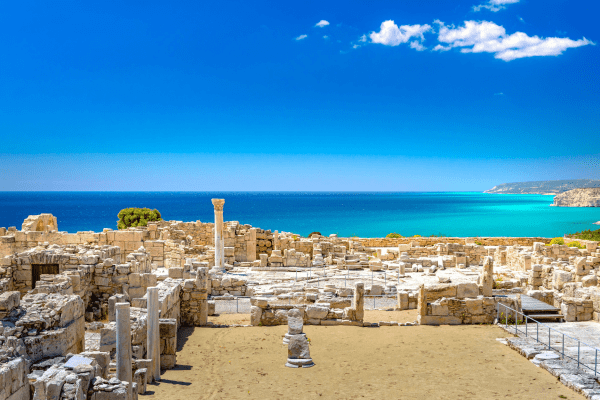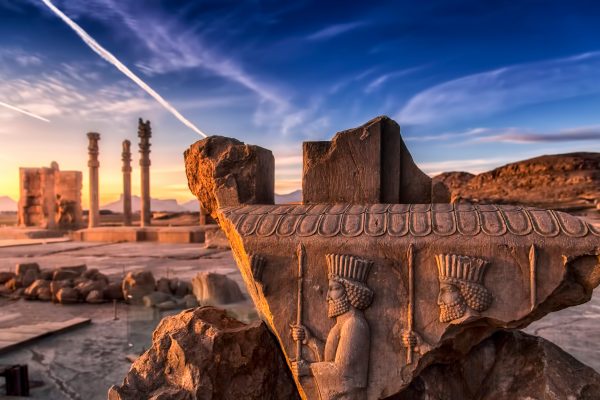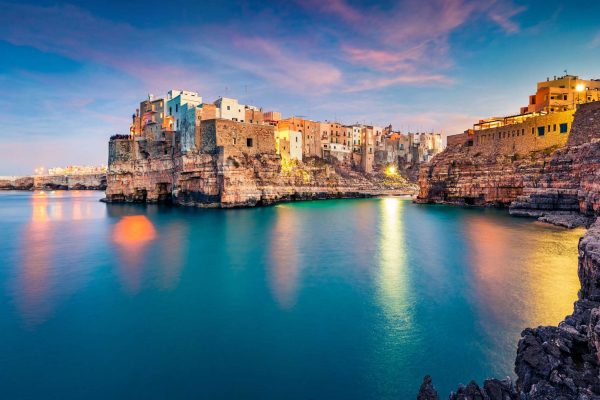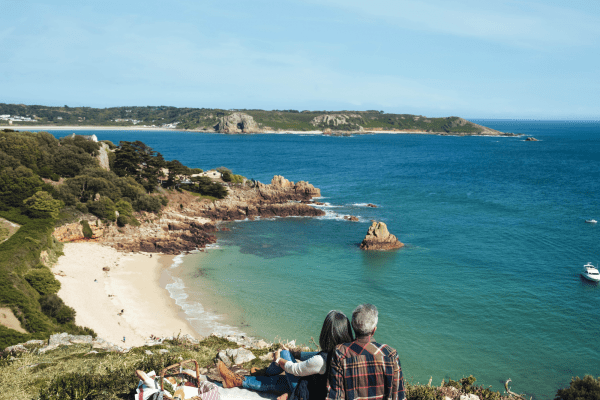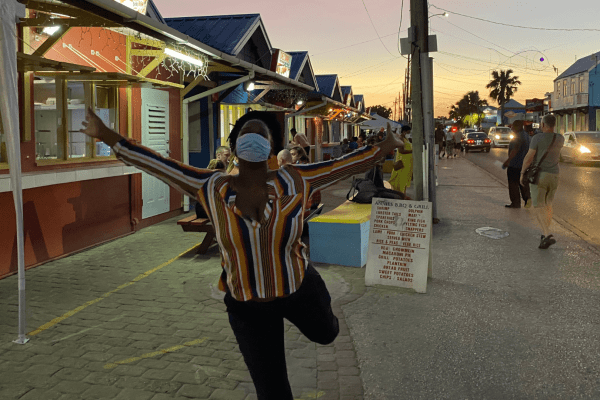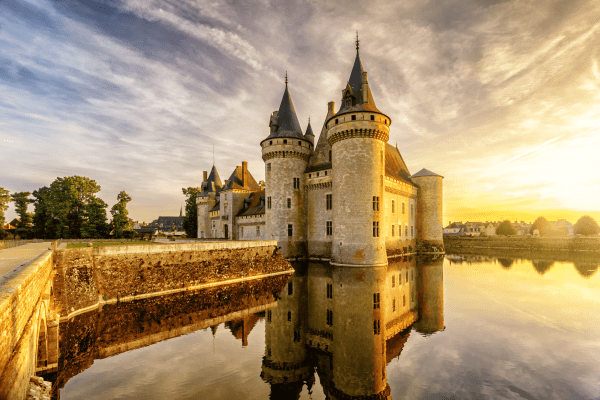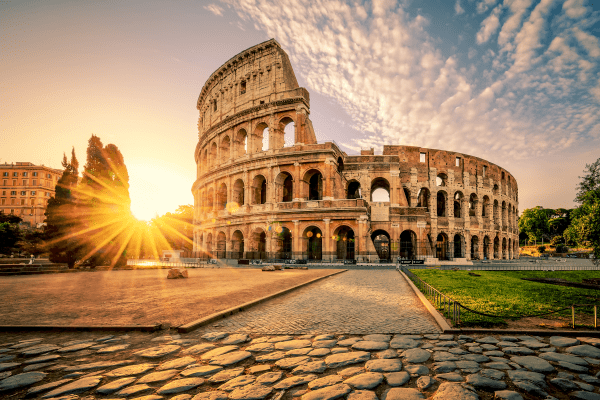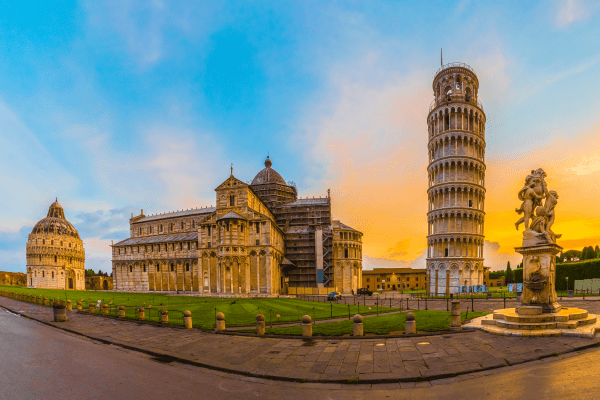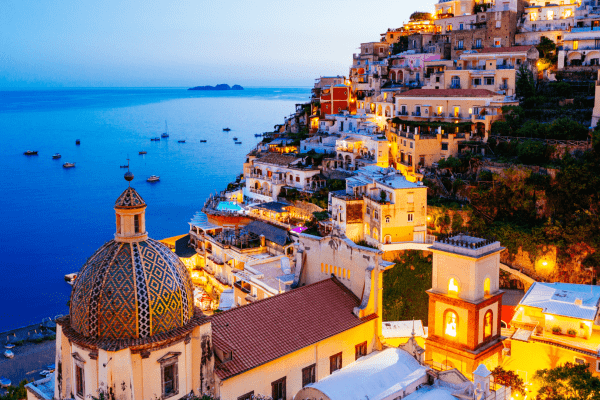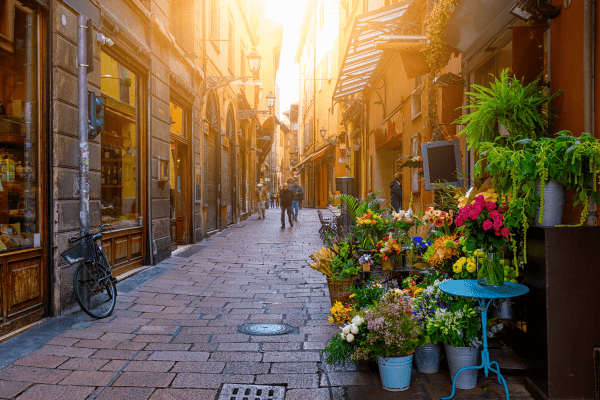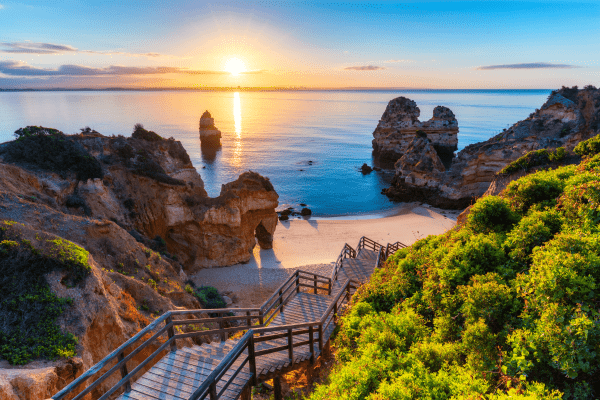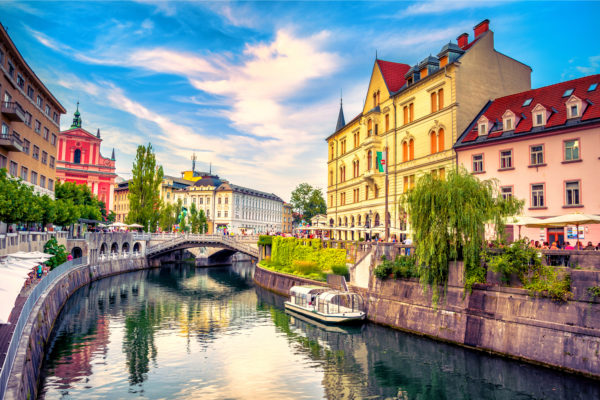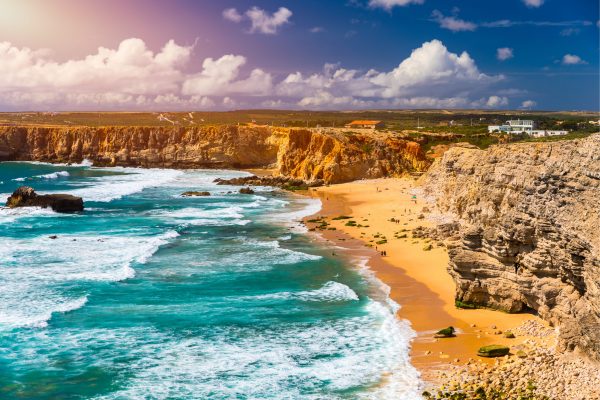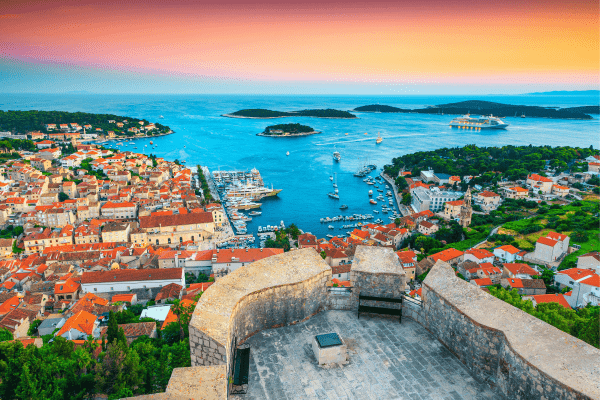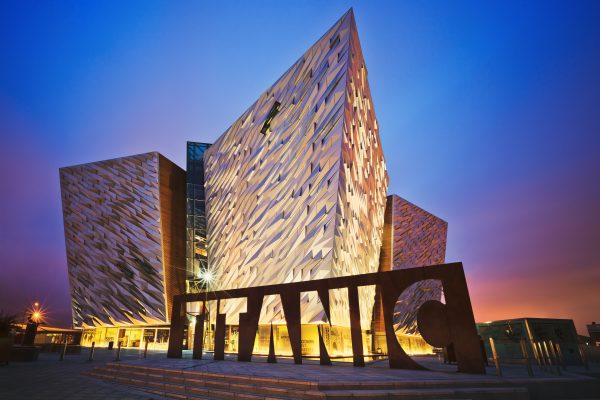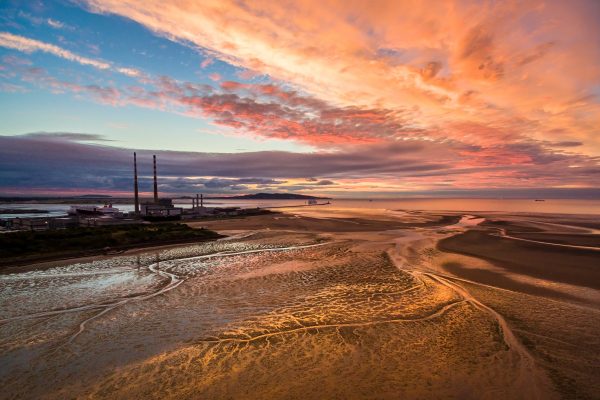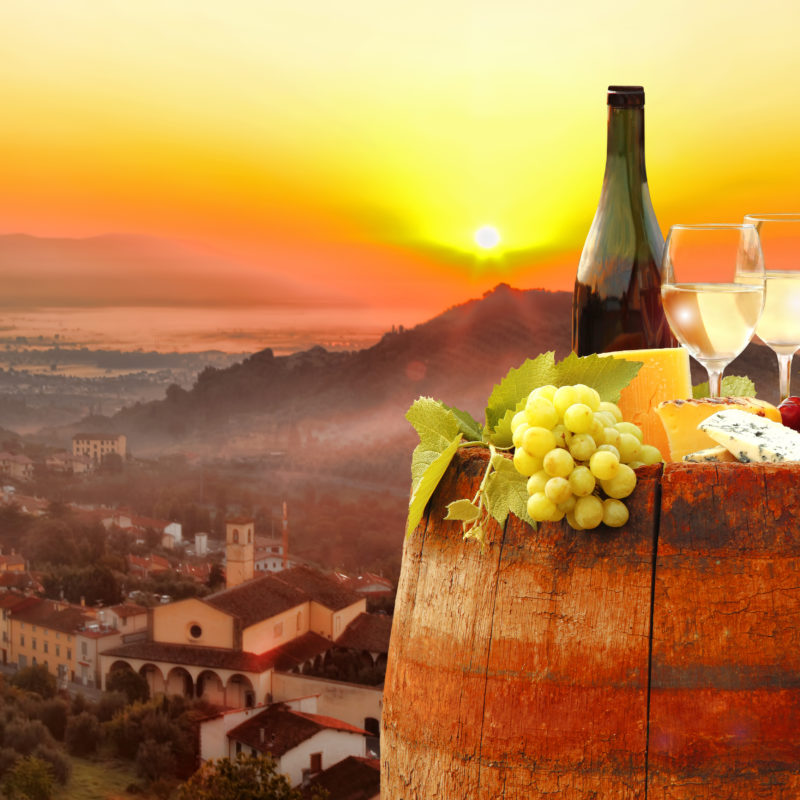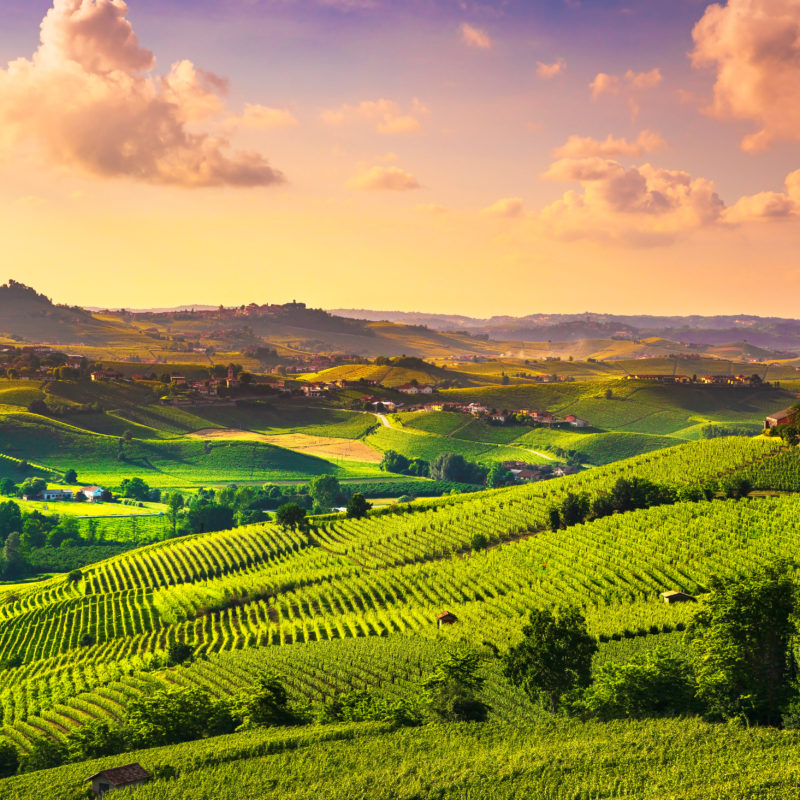Cosmopolitan chic and Renaissance treasures
Someone once said however well you dress, you’ll still look shabby in Milan. Although especially true during the city’s renowned fashion week, it does seem that here you’re in a more glamorous, more urban, more sophisticated atmosphere than that of the south. Never fear, it’s not all shoes and handbags. Look beyond the dazzling glass of the high end boutiques and towering financial buildings and you’ll get a fascinating glimpse into Milan’s historic past, diverse neighbourhoods, and unique lifestyle.
Be aware that many of the visitors who flock to Milan do so in the spring, summer and autumn. The exception is August which many consider low season. That’s the month when the city is at its hottest, and also a lot of Milanese businesses take a well-earned break and head to the coast for their own holiday. The low season traveller though can snag some real bargains for top hotels at this time. Other than that, the best prices and lowest crowds can be found November to the end of March, so long as you avoid fashion week. During the winter Milan can even dip to freezing, with some rain and fog. However, you’ll find plenty of crowd free cultural activities to indulge in, and shoppers can hit the January and February sales. Join the locals in their smart coats and fabulous scarfs as you take a morning cappuccino or an evening aperitivo on the terrace.
Cathedral Square
The vast but beautiful piazza at Milan’s heart is a stunning sight. The huge wedding cake of a cathedral took 600 years to complete but is a masterpiece of gothic architecture. While the interior contains important art and relics, including an original nail from the cross of Jesus, the duomo is probably best known for its rooftop terrace. Take the stairs, or for a small charge, the elevator, for panoramic views and great photos of the city. Conveniently located just next door is the Galleria Vittorio Emanuele II, the world’s first ever shopping mall. Even if you don’t want to buy anything, it’s an amazing place with its 1860s features and incredible iron and glass dome. A few more steps and you arrive at La Scala, famed opera house. Explore its museum exhibits from renowned composers and performers, take a tour of the luscious red interior, or maybe even catch a show.
Renaissance Highlights
Milan might not have the ‘art on every corner’ boast of Florence, or the ruins of ancient Rome, but during the Renaissance the city’s patrons rose to such heights that they could fund huge cultural projects. The Church of Santa Maria presso San Satiro is known for its mesmerising false apse of trompe l’oeil by Bramante, while San Maurizio is called Milan’s Sistine Chapel thanks to the frescoes da Vinci’s students. The imposing Sforza Castle is a stunning red brick fortress which houses museums and many priceless masterpieces and has lovely grounds which include a beautiful marble fountain. Don’t miss the Church of Santa Maria delle Grazie the Dominican convent where da Vinci’s ‘Last Supper’ is painted, appropriately enough, on the dining room wall.
Your Favourite Neighbourhood
You might be right at home with the Italian chic of the top-end designer names that make up the so-called Quadrilatero D’Oro, a parallelogram of four streets which house Armani, Hugo Boss, Versace, Chanel, Prada, and Gucci among the cobbled streets and neoclassical mansions. Or head to the small neighbourhood of Brera, with its artsy vibe, to visit the Pinacoteca and the various art collections. Discover the Navigli district with its canals and abandoned warehouses, and then explore the Milan Cemetery, crammed with unique examples of family tombs.

